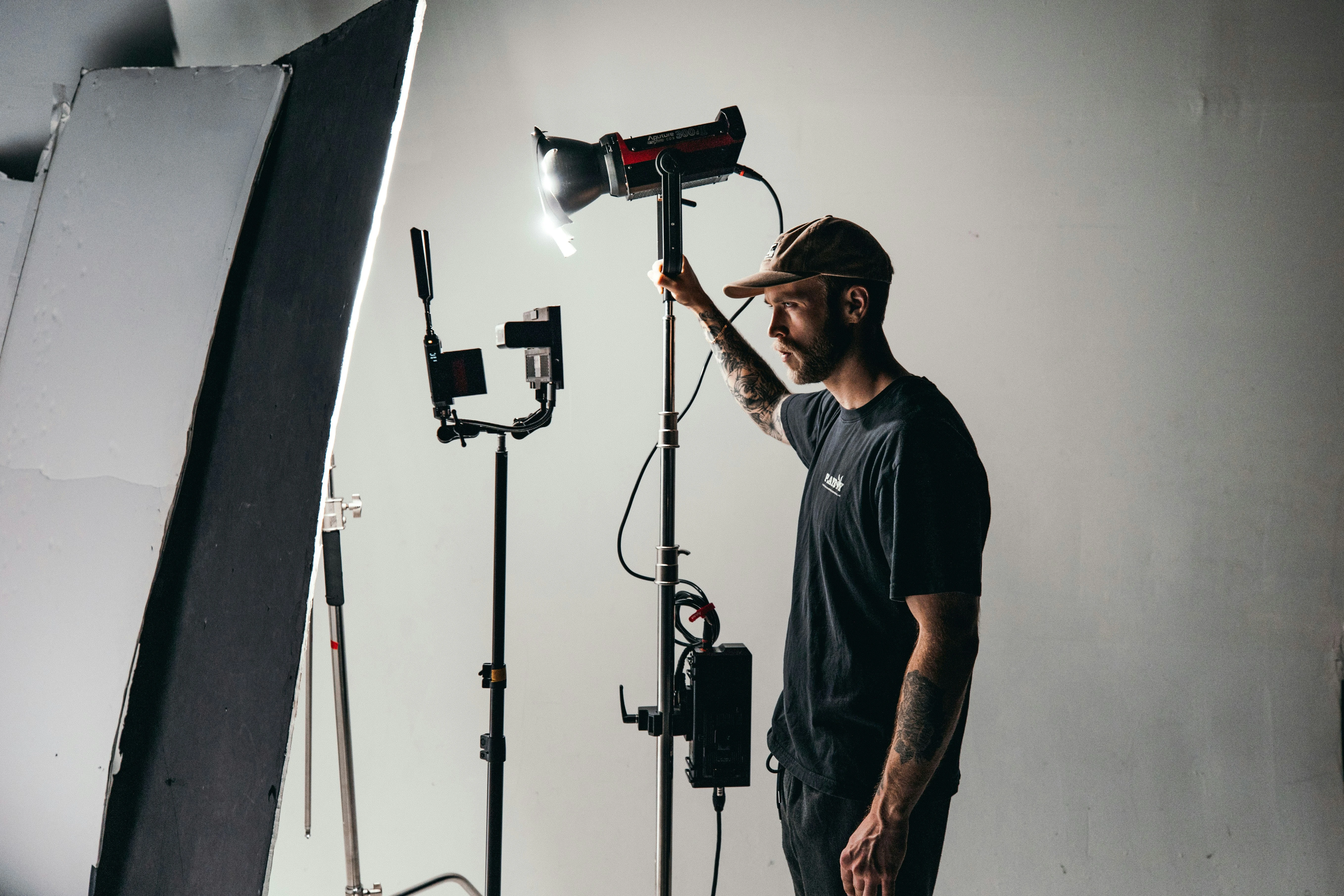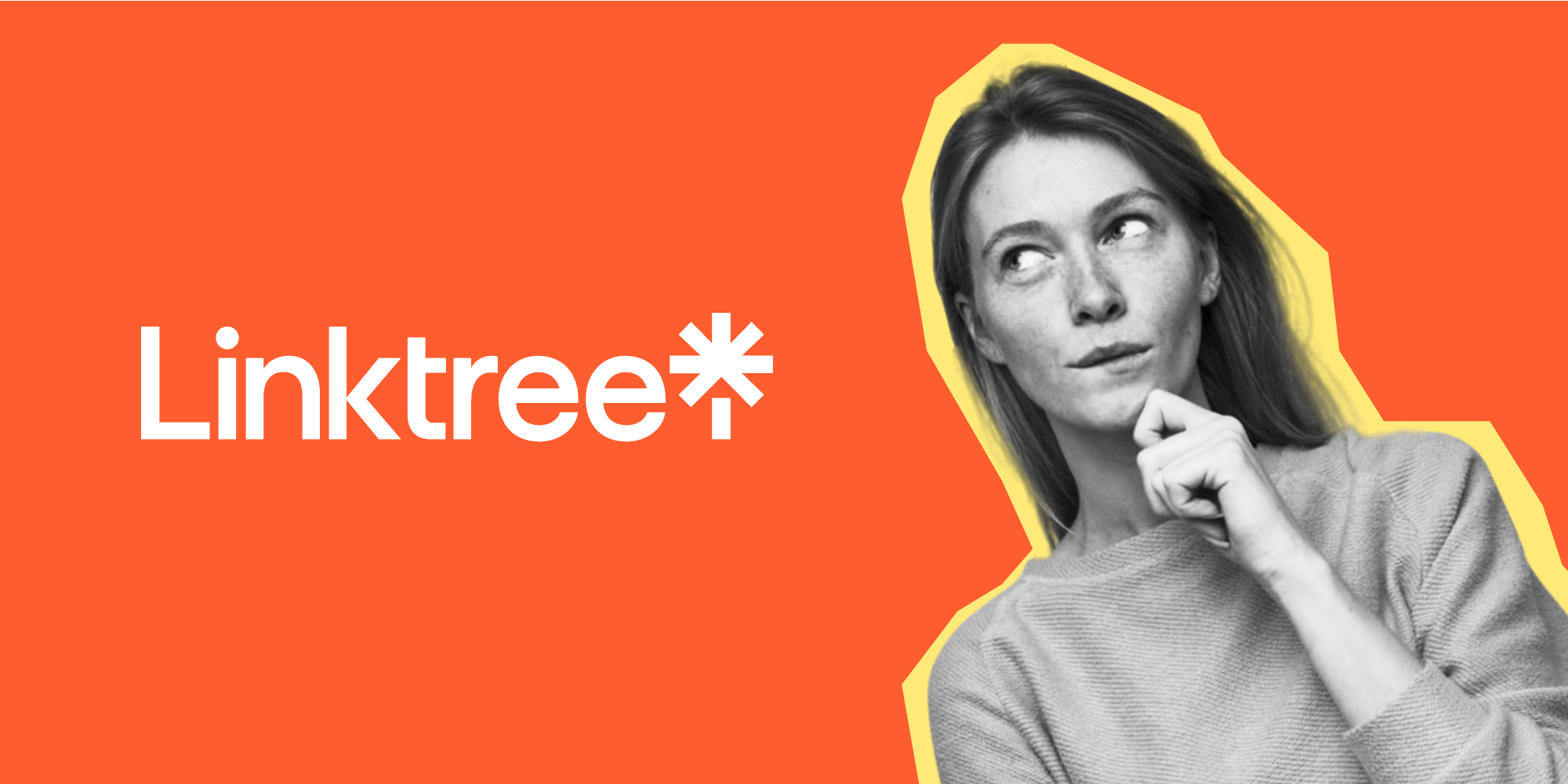Content pillars are a crucial part of any social media and content marketing strategy. They act as the foundation for your content and help you to plan, create, and publish content that is both on-brand and engaging.
|
Looking for solutions that will help you produce consistent, high-quality content for your social media page using content pillars and Lift: Story Maker. With Lift, you can get the most out of your bio and the content you make. |
Table of contents:
- What are social media content pillars?
- Why are content pillars great for your Instagram profile?
- How to create content pillars for your social media page
- Tips for creating successful Instagram content pillars
- Take your social media performance to the next level with Lift
What are Content Pillars?
Content pillars are the topics you want to be known for by potential customers, and they should be closely related to your brand and what you do. They should also answer essential information about you, such as what you're selling, how to use it, and how to get your hands on it.
Your content pillars should be broad enough to produce a lot of content on each topic but specific enough so that your audience knows what to expect from your brand. Once you've identified your content pillars, it's time to start planning and creating content!
Why are Content Pillars Great for your Instagram?
There are a few reasons why content pillars are great for Instagram. First, they help you to stay on brand. When you have a clear focus for your content, it's easier to stay true to your brand identity and voice.
Second, content pillars give you a framework for planning and creating content. Instead of starting from scratch every time you want to post, you can refer back to your content pillars and quickly come up with ideas for new content.
Lastly, content pillars help you to better engage with your audience. When your followers know what kind of content to expect from you, they're more likely to engage with it. And when they engage with your content (by liking, commenting, and sharing), it helps to grow your brand on Instagram.
Now that we've discussed what content pillars are and why they're great for Instagram, let's look at some examples. Some great examples of Instagram profiles that utilize content pillars are PopBuzz and The Travel Club.
PopBuzz is a celebrity-focused blog about pop culture through news, memes, and celebrity videos. With its Instagram profile @popbuzz, Its content pillars include quizzes, templates, and memes.
Image Credit: @popbuzz on Instagram
The Travel Club is a travel-oriented lifestyle brand from the Philippines. The Travel Club’s Instagram profile @thetravelclubph features stunning photos and videos from all over the world, travel tips, and luggage recommendations. The Travel Club's content pillars include shop links, store locations, and user-generated content.
Image Credit: The Travel Club @thetravelclub on Instagram
Now that you know the value of content pillars and have seen great examples, here's how you can start to create content pillars for your social media page today.
How to Create Content Pillars for your Social Media Page
When it comes to content pillars, there are endless possibilities. However, choosing content pillars related to your brand and what you do is vital.
To start, list down all the possible themes and questions surrounding your product or service and create the best kind of content to support it.
Here are some examples of content pillars for social media that creators use:
- About me / Our Brand
- Products & services
- Behind the scenes
- Social proof
- Contact section
About Me / Our Brand
Whether selling yourself as a professional or your company as a brand, an about me section is essential to show your readers why your story matters. In the about me section, you can share your why, your inspiration for starting a business or selling a product, or what makes you different.
Depending on your brand, you can choose how professional or fun your description can be. For example, if you're selling yourself as a brand, you can talk about where you studied, your past work experiences, and even your favorite place. Alternatively, if you're handling a company channel, you can talk about your history, big dreams, and the people behind it.
Products & Services
After introducing your brand, the next thing you have to do is to make sure the customer knows your products and services. In this section, the goal is to be able to introduce your products or services and convince the customer that it's worth it.
Aside from your offer details, you may also want to include additional information, such as how to use it and its various benefits.
Behind the Scenes
After introducing yourself and the products/service you sell, you can also opt to add a content pillar that helps humanize yourself or your brand. You may want to include where you source your materials, snapshots of the production process, etc.
Social Proof
When it comes to selling online, social proof is critical. In many ways, social proof helps protect users from fraud because it validates that a brand is authentic. To convince your customers that you or your company is legitimate, you can provide multiple types of proof.
For example, you can integrate user-generated content as reviews or testimonials. In addition, you can include things like proof of delivery, certifications, or storefronts. You can also have media features like magazine interviews or TV appearances.
Contact Section
Lastly, ensuring your potential customers know the best way to get in touch is a great idea. Whether it's to ask additional questions, hire you for your services, participate in an interview or receive feedback on your product, there are plenty of good reasons why you would want to be accessible.
In the contact us section, you can include things like contact number, email, website, other social media sites, and other channels they can get in touch with you.
Tips for Creating Successful Instagram Content Pillars
Once you've identified your content pillars, it's time to start planning and creating content.
Here are some helpful tips for creating successful Instagram content pillars:
- Plan by creating a content calendar, which will help you stay organized and that your content is well-balanced.
- Combine photos and videos that will help to keep your feed visually exciting and engaging.
- Utilize carousel posts, Stories, and Reels. Carousel posts are great for in-depth content, Stories are perfect for quick updates and behind-the-scenes content, and Reels are best for longer stories.
- Using hashtags and location tags will help you reach a wider audience and connect with others interested in your content. There are several ways to use hashtags, especially with your Instagram stories.
- Engage with your followers. Respond to comments, ask questions, and run polls, which can help to create a community around your page and increase engagement.
Take your Social Media Performance to the Next Level with Lift
Lift: Story Maker app is the perfect 2-in-1 tool for taking your social media to the next level. With Lift, you can easily create beautiful Stories and carousel posts that are on-brand and engaging. Plus, with the link in bio feature, you can add links to your website or blog from your Instagram profile.
Content pillars are a great way to produce consistent, high-quality content for your social media page. By planning and utilizing a mix of different types of content, you can create content pillars that are both successful and engaging for your followers.
|
So what are you waiting for? With Lift: Story Maker App, you can craft engaging stories for your content pillar strategy today! |
Read more:
- 10 Best Link in Bio Tools for Instagram
- How to Create an Influencer Media Kit
- 10 Best Instagram Story Maker Tools
![How to Use Content Pillars for Your Social Media in 2023 [with Examples]](https://blog.lift.bio/hubfs/Screenshot%202022-10-21%20at%2014.30.22%20(1).png)








